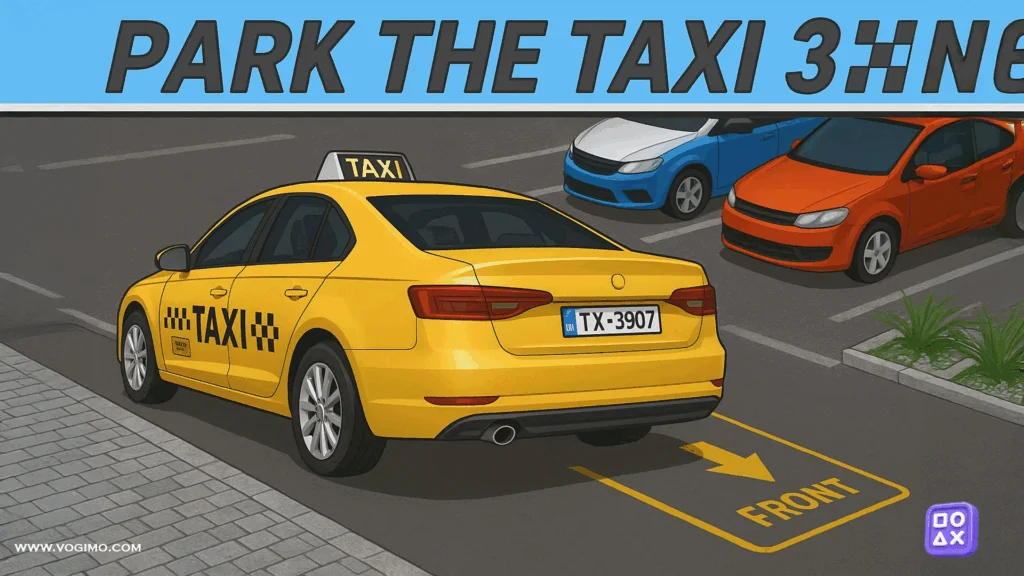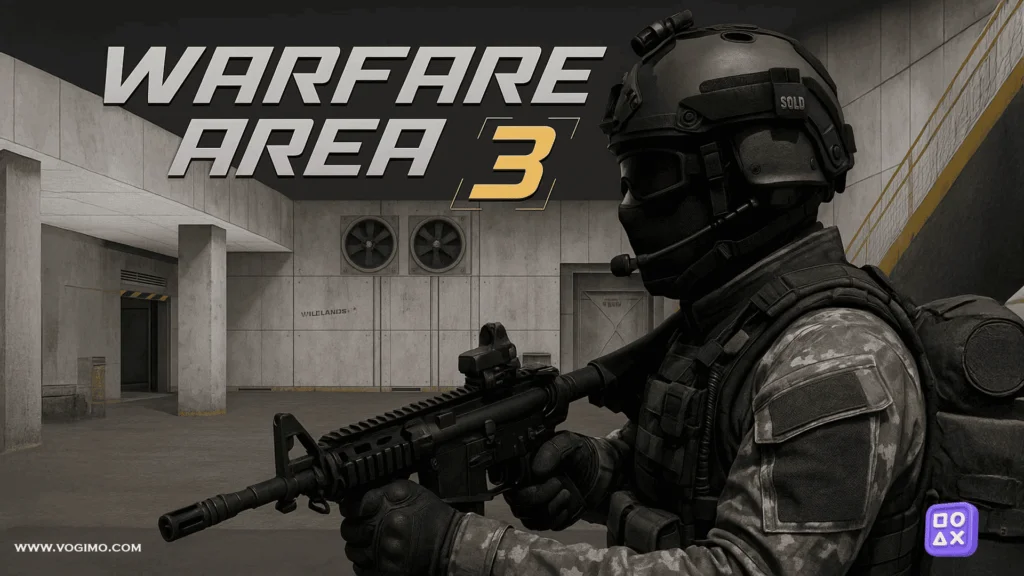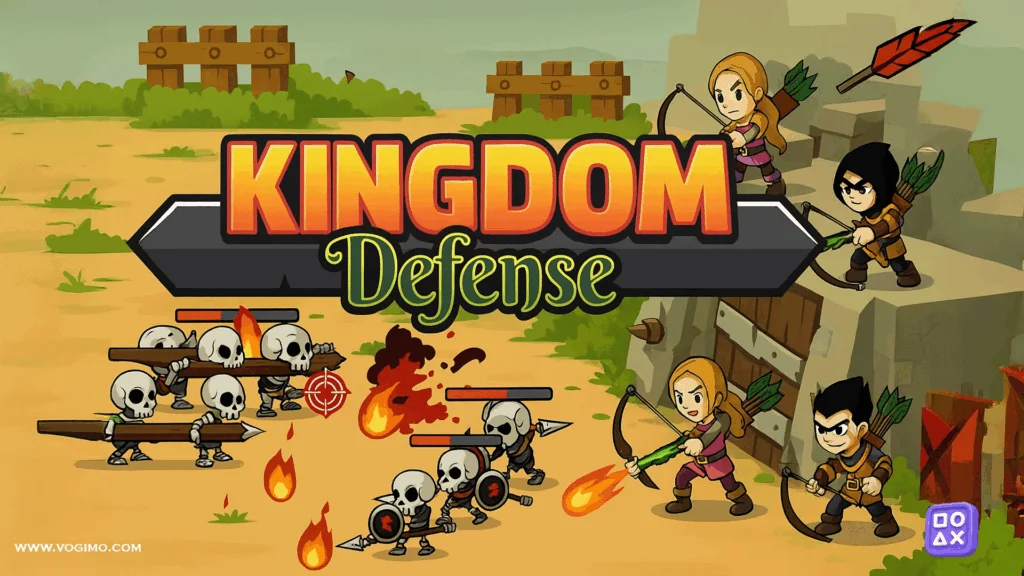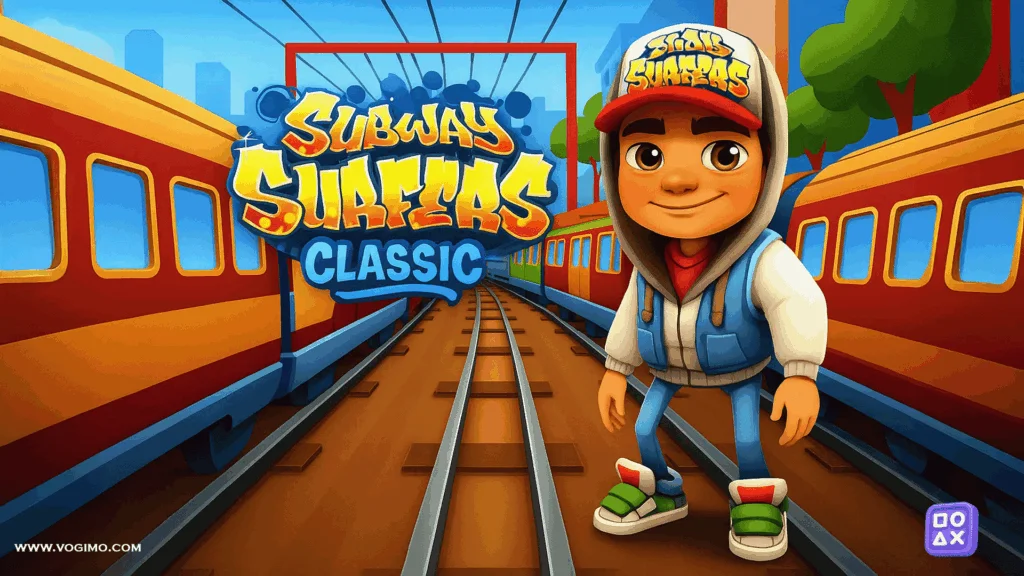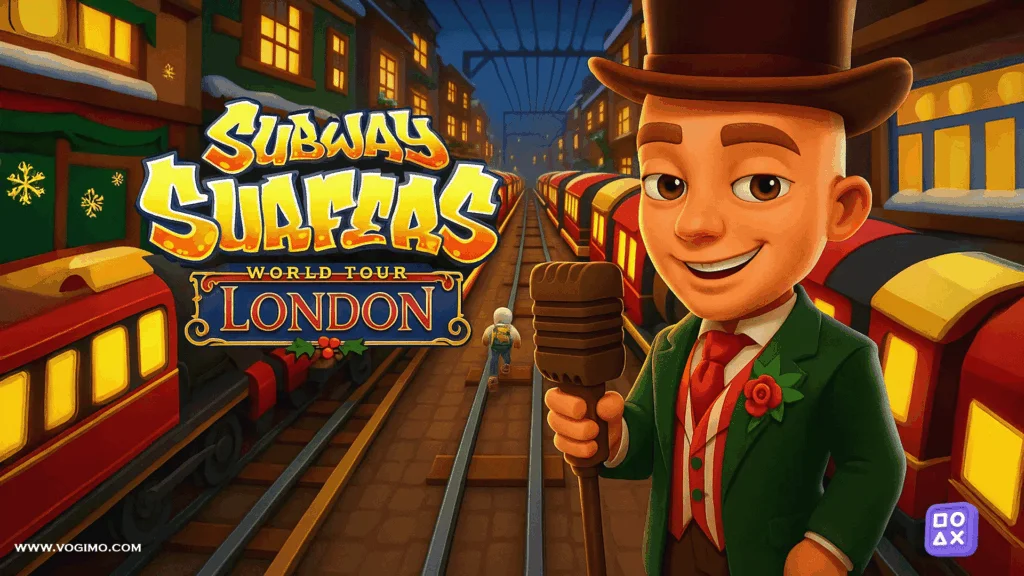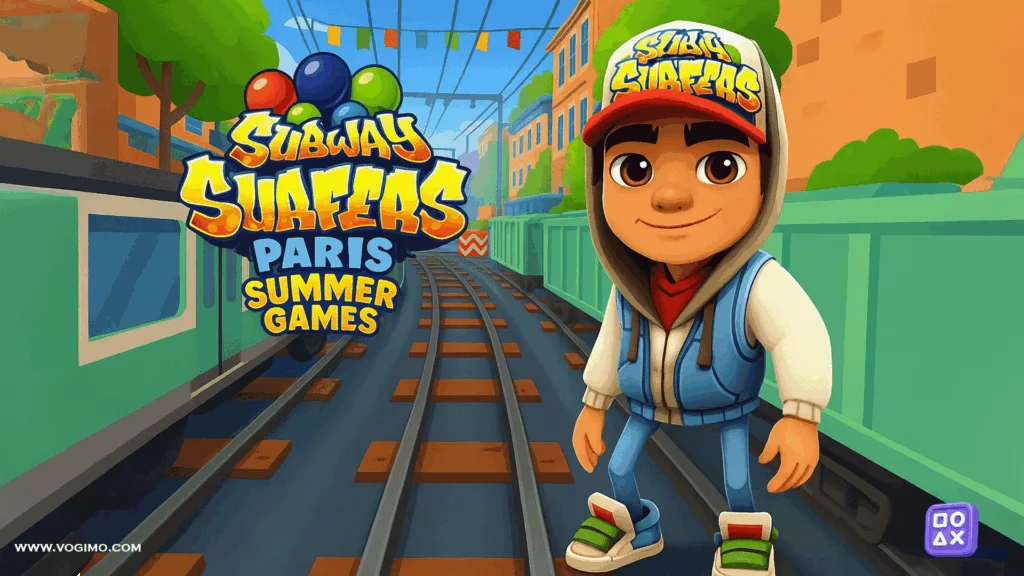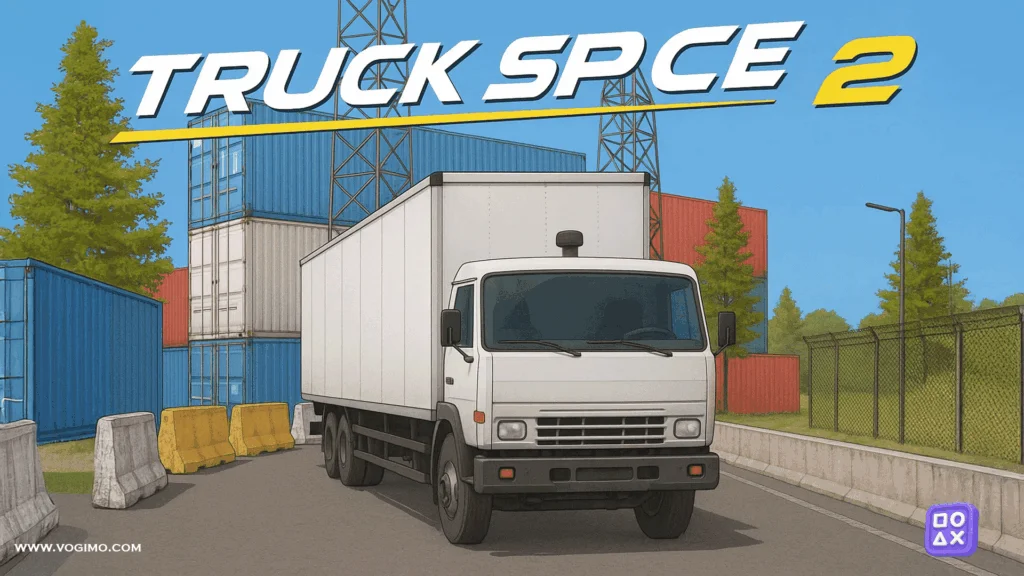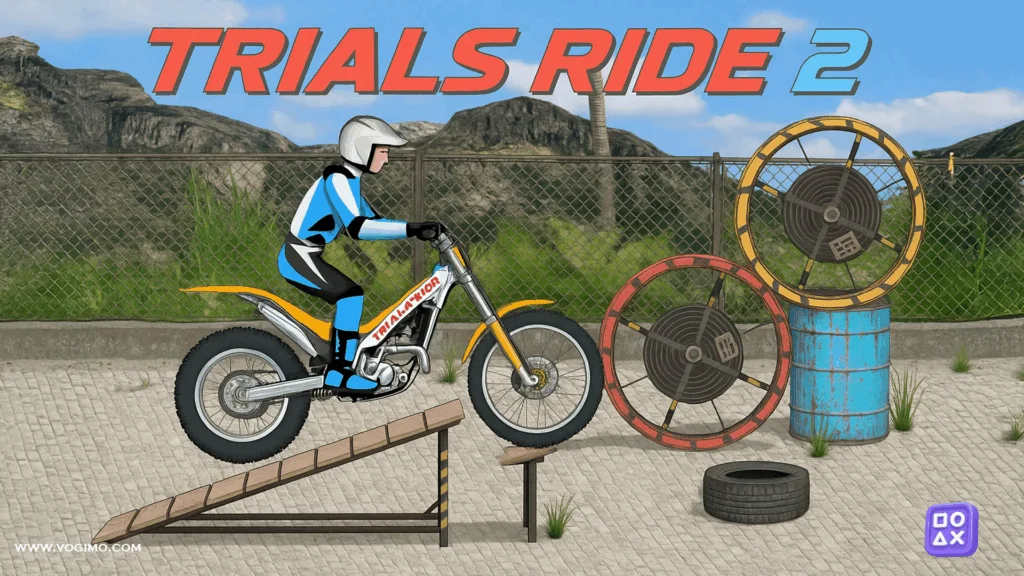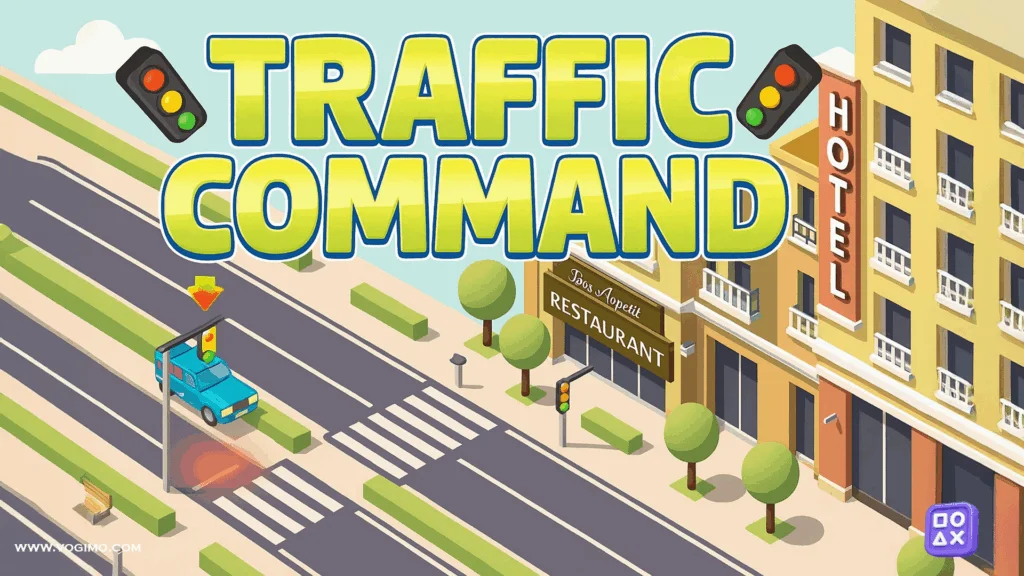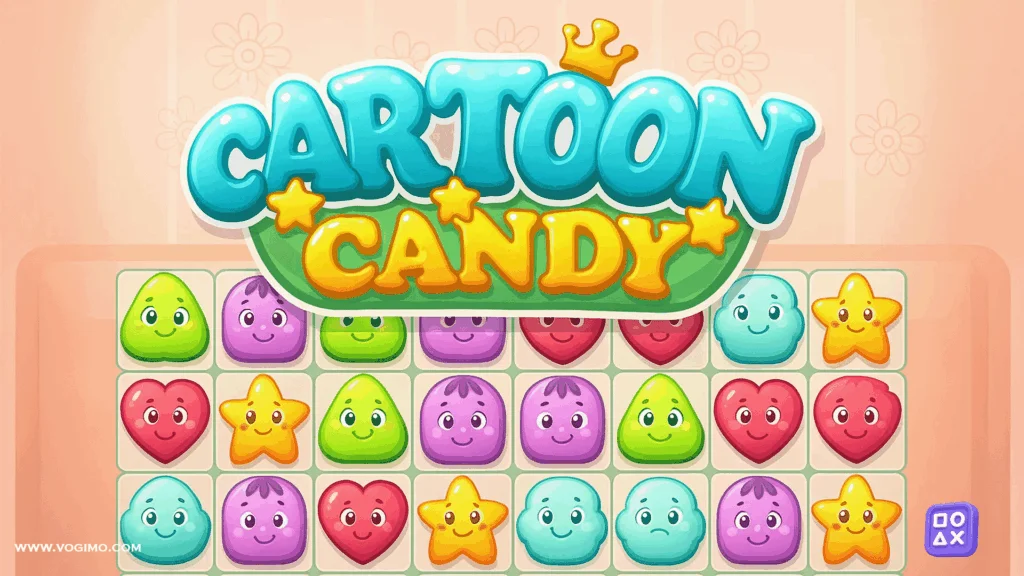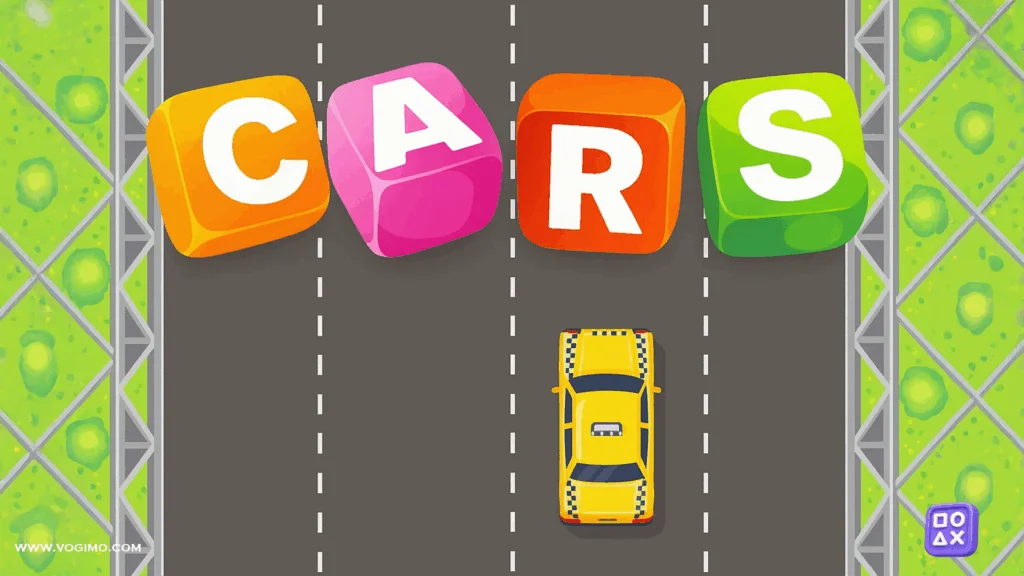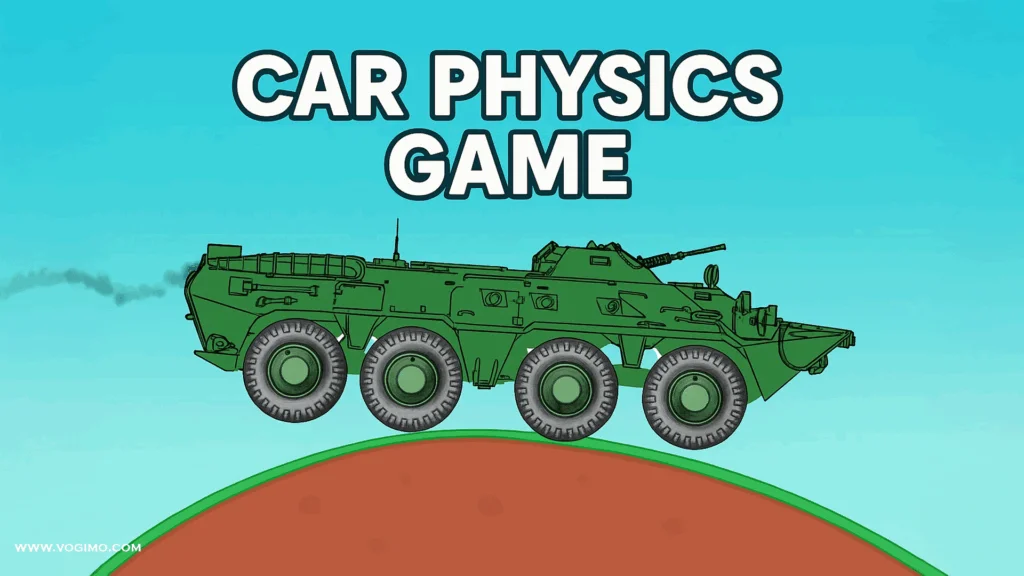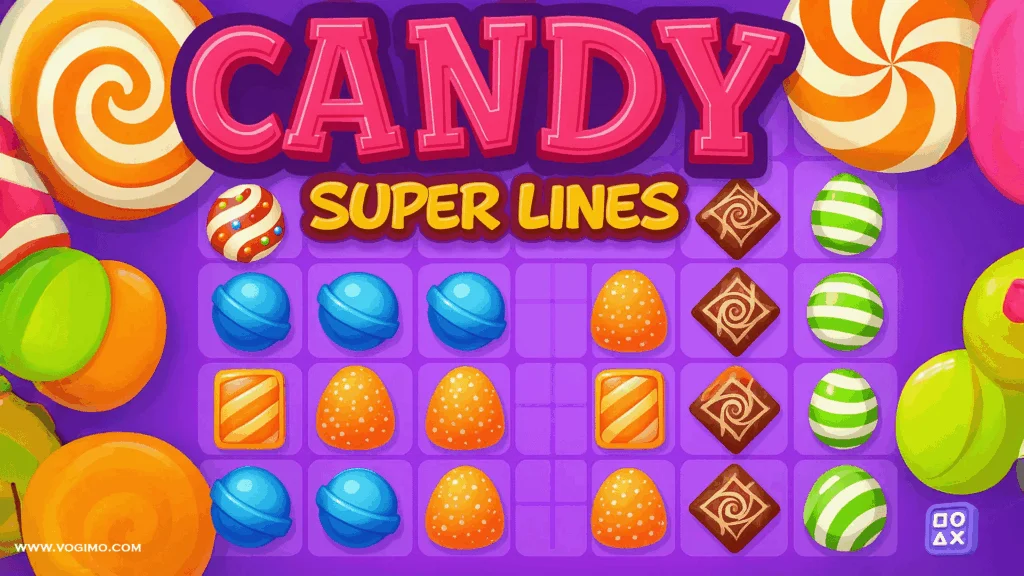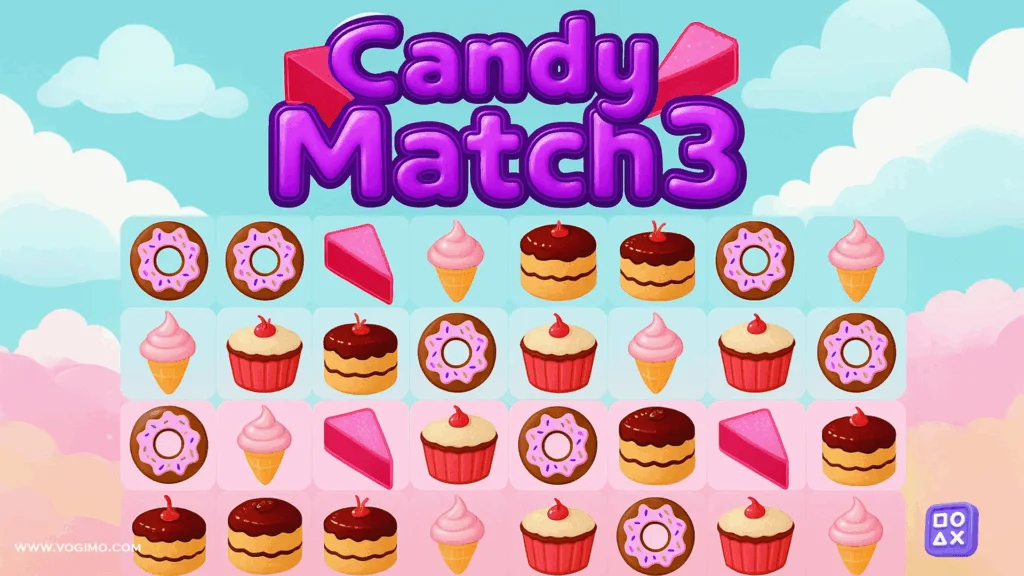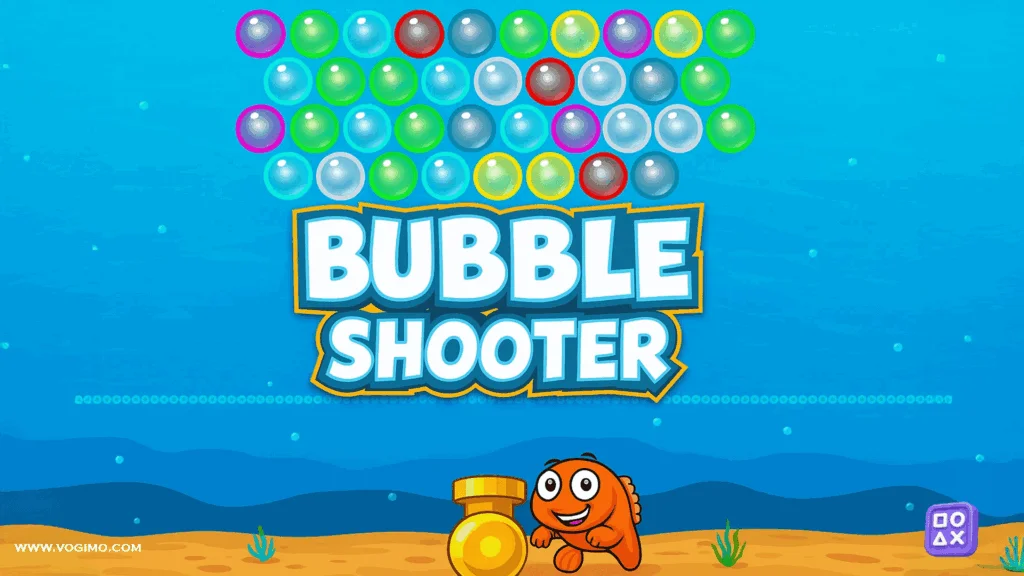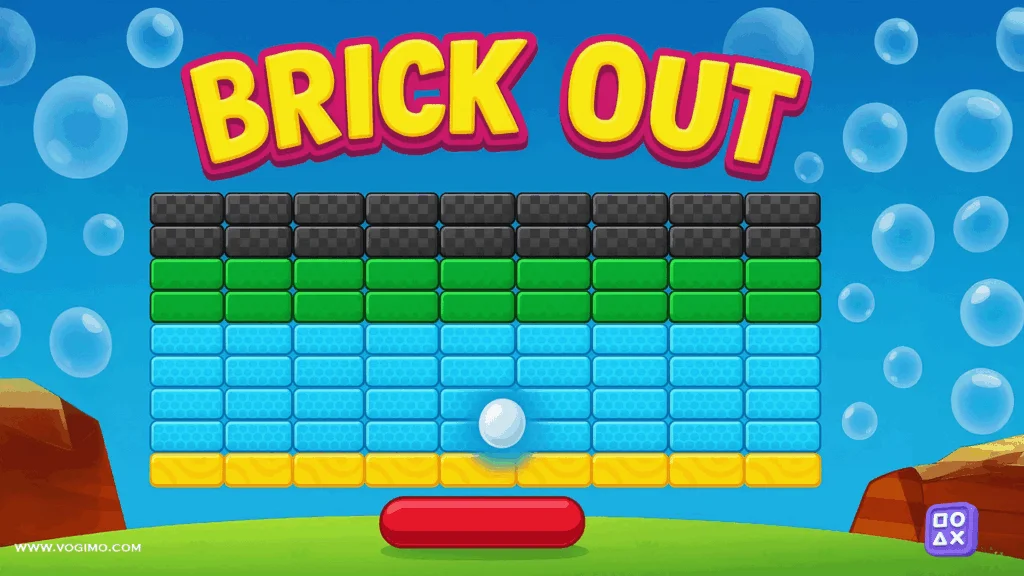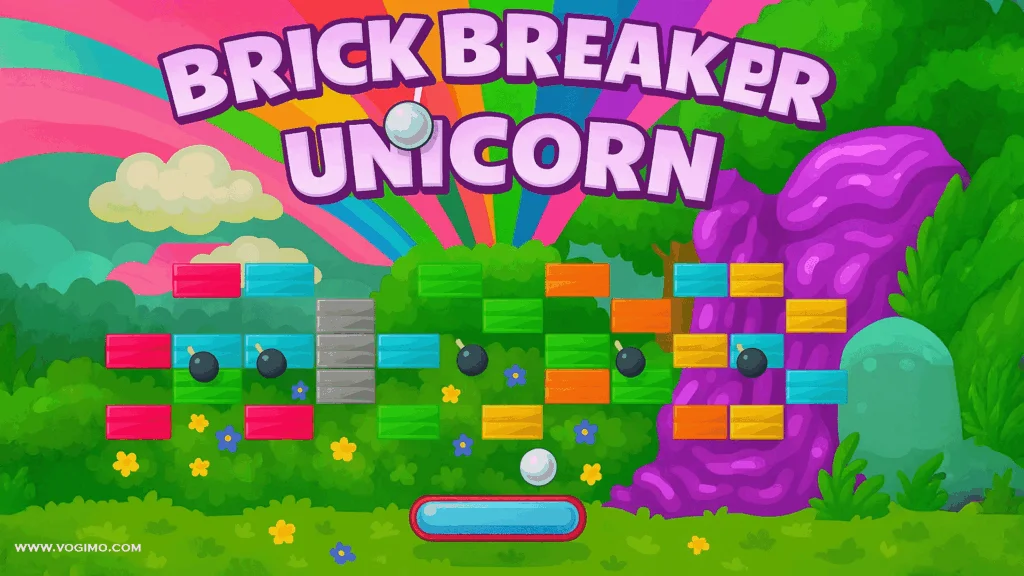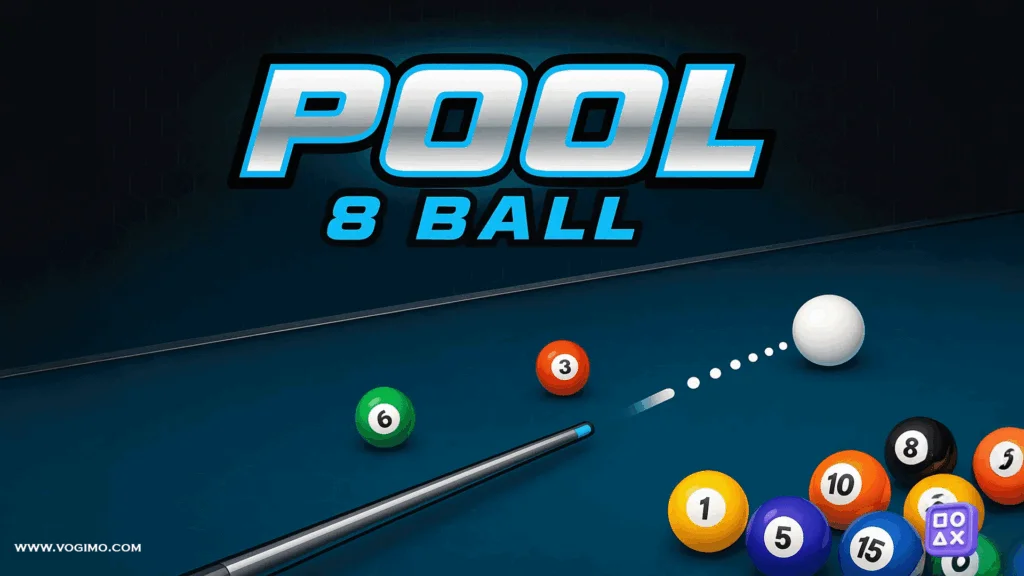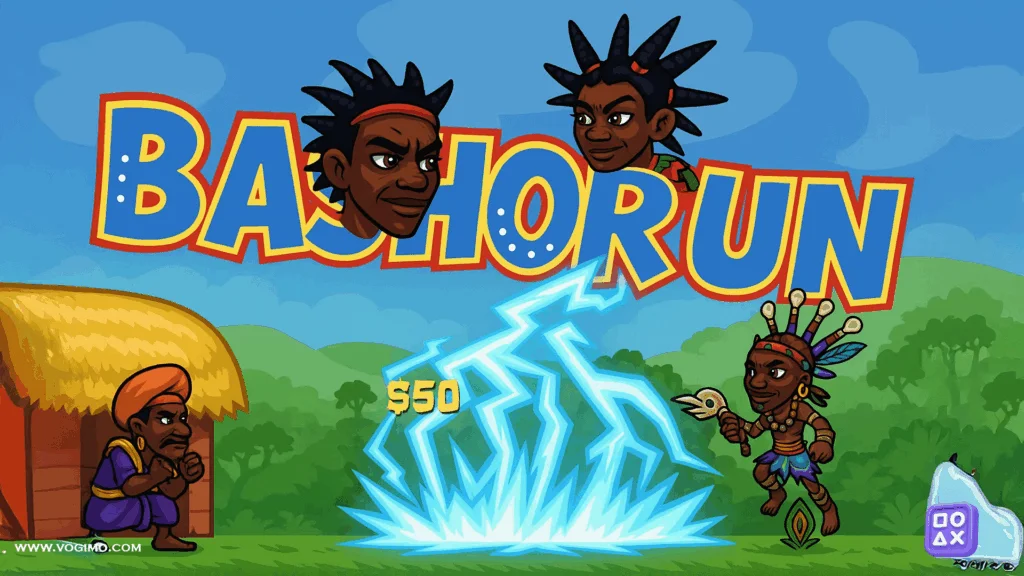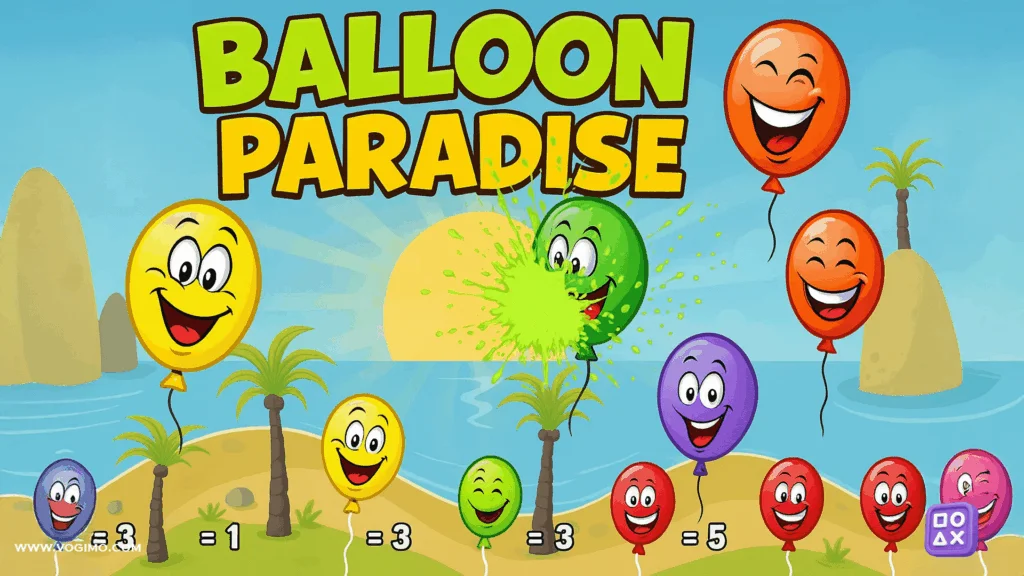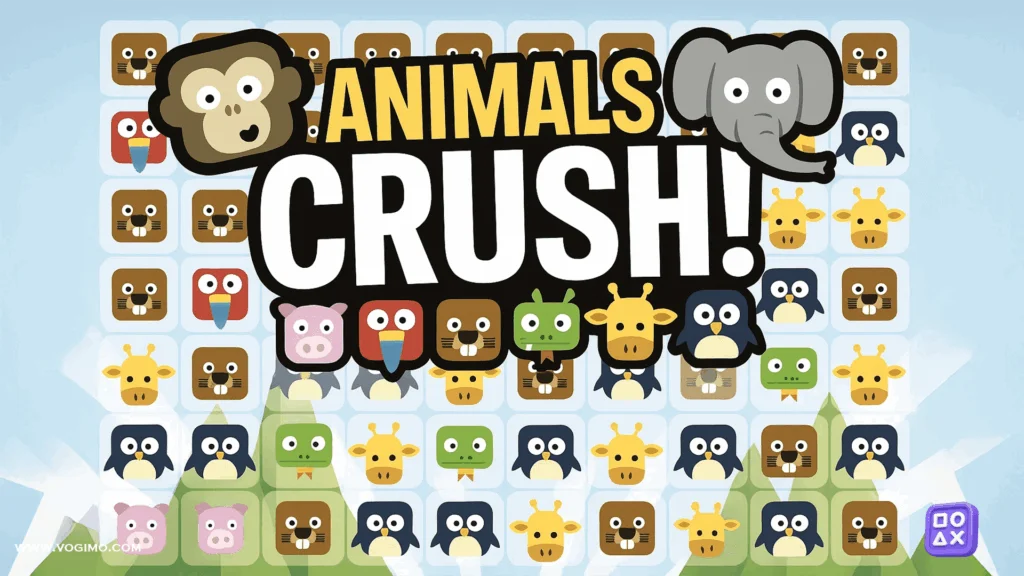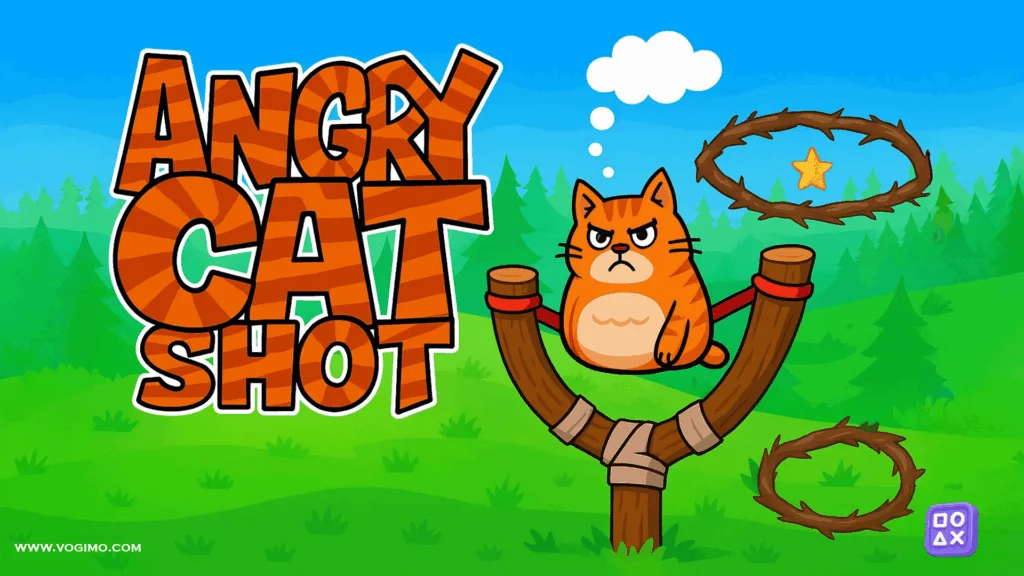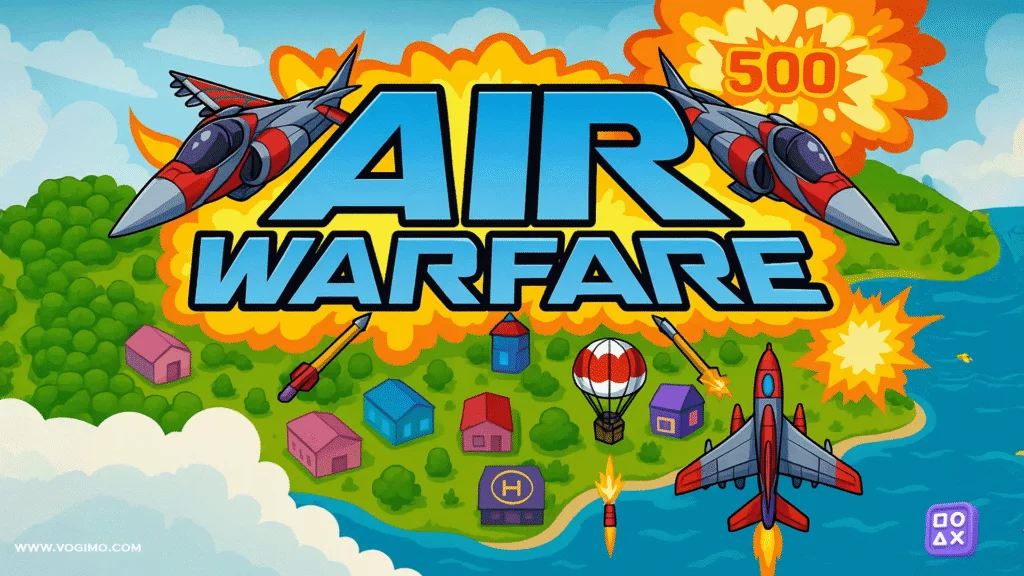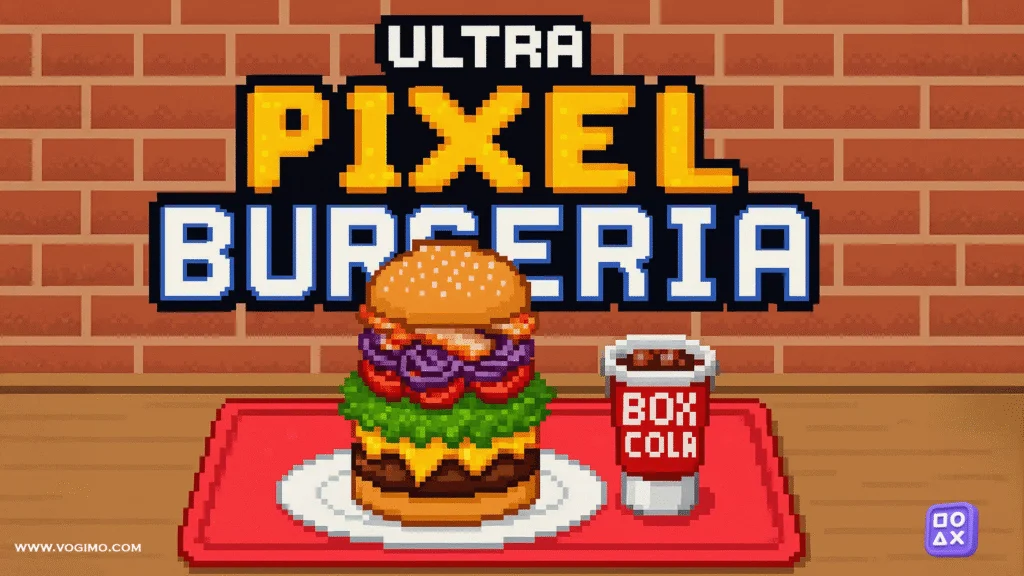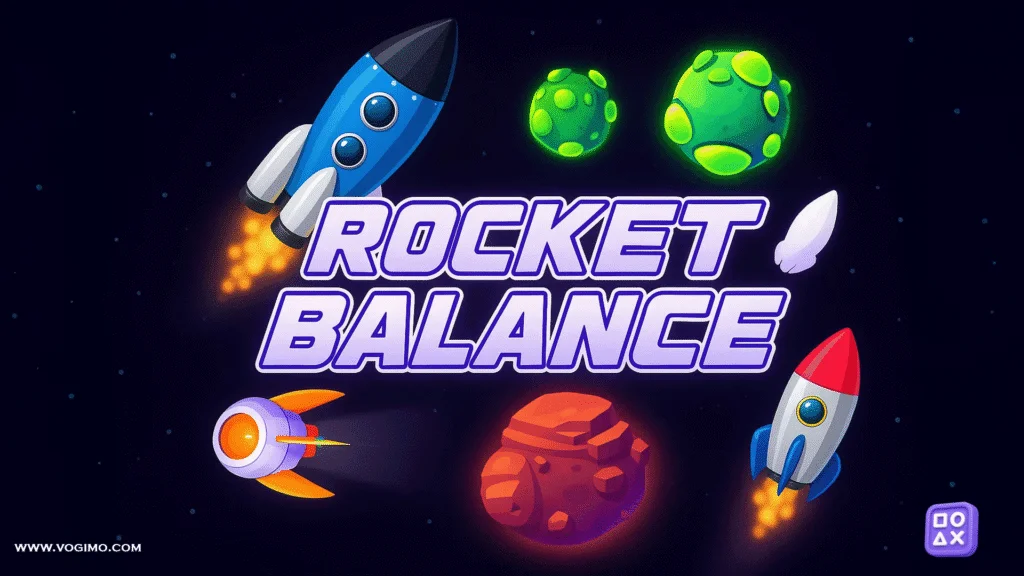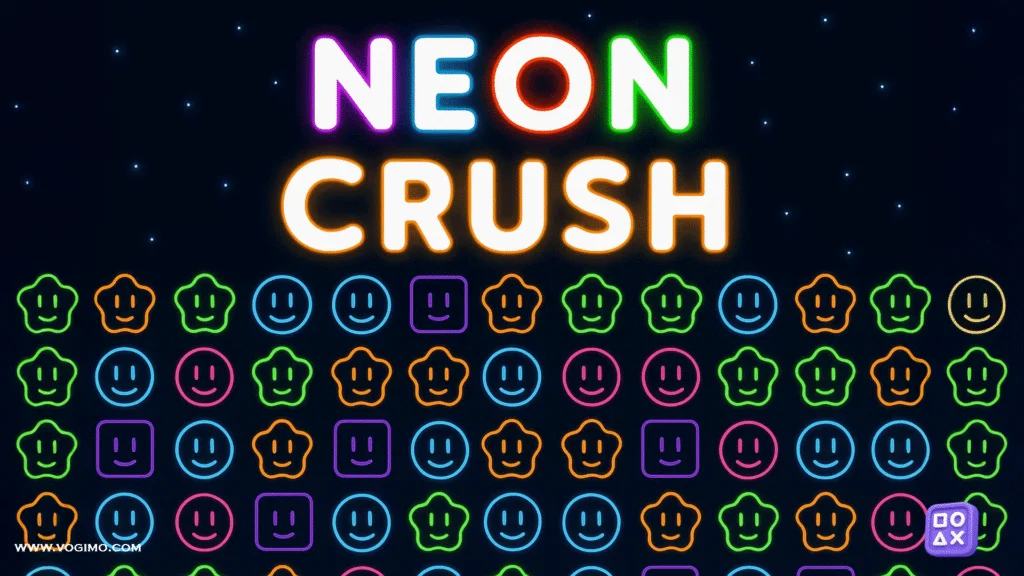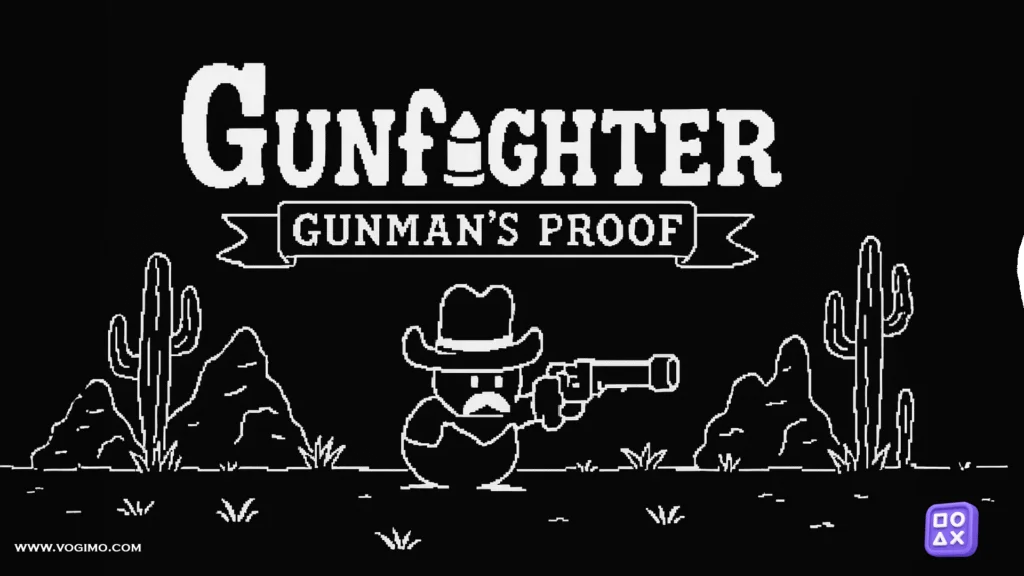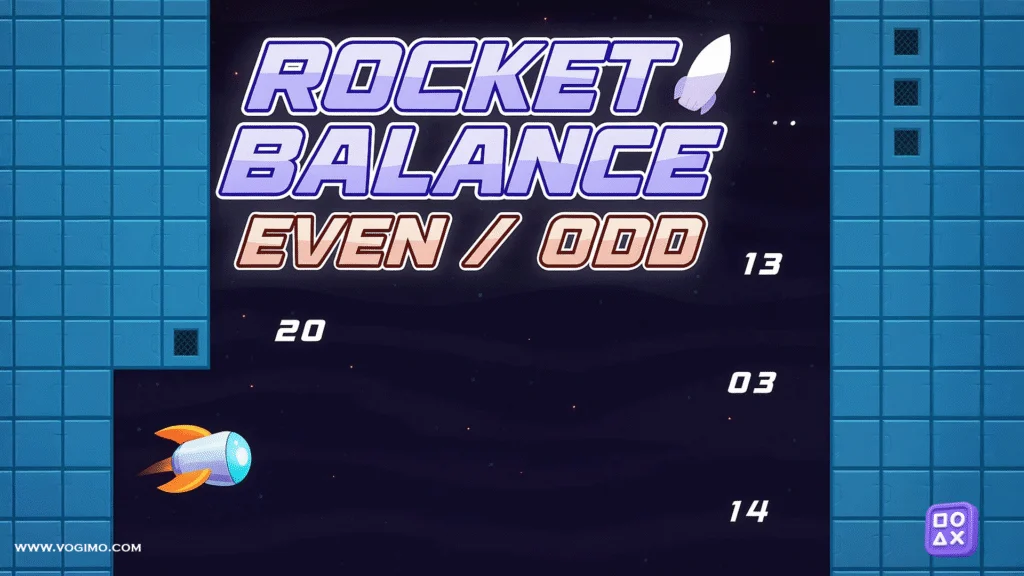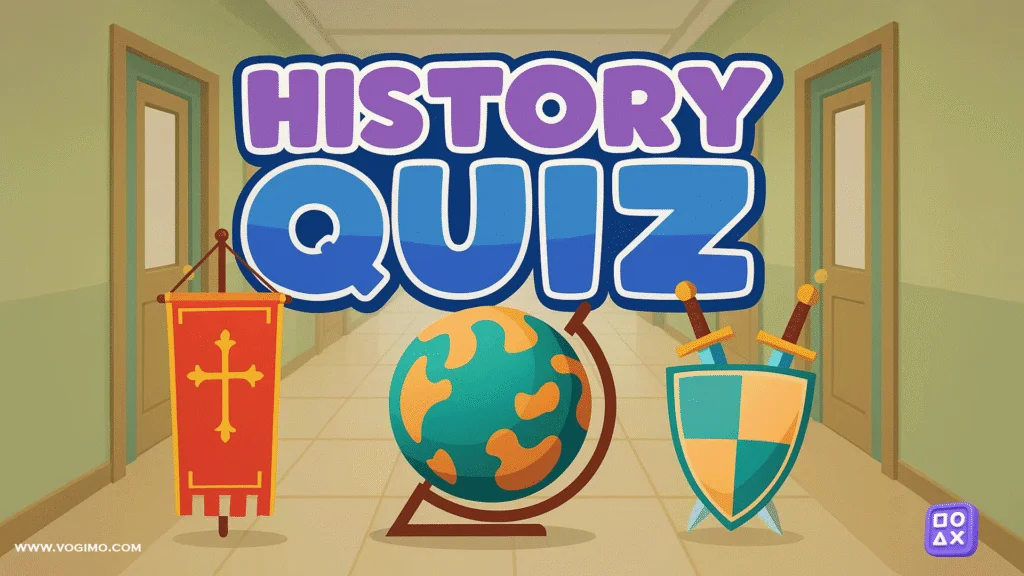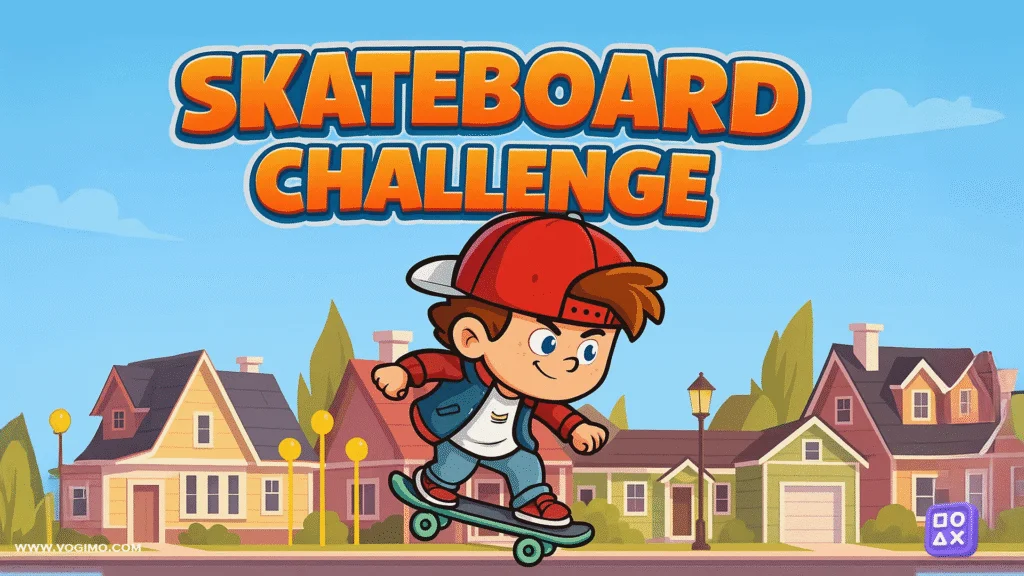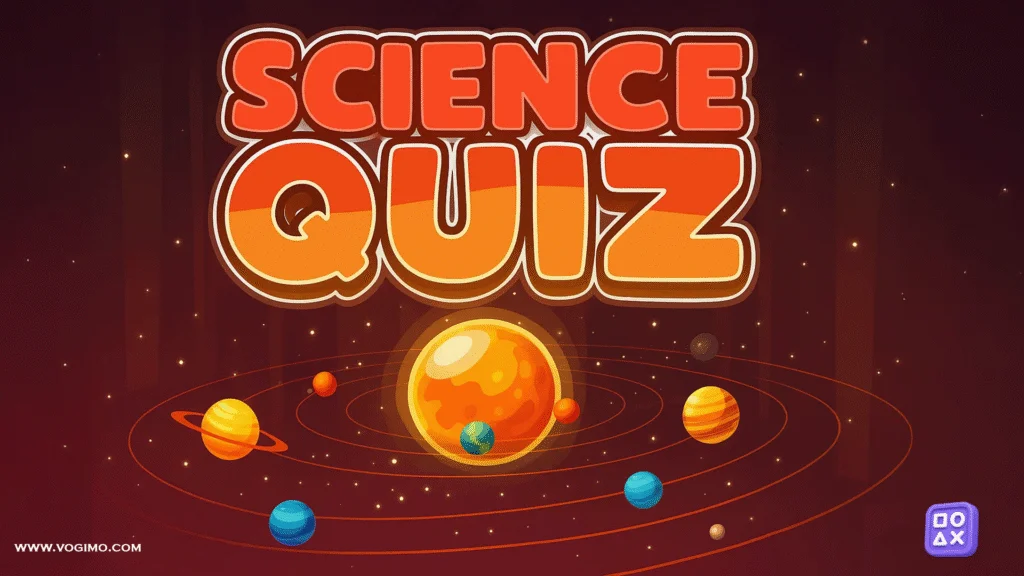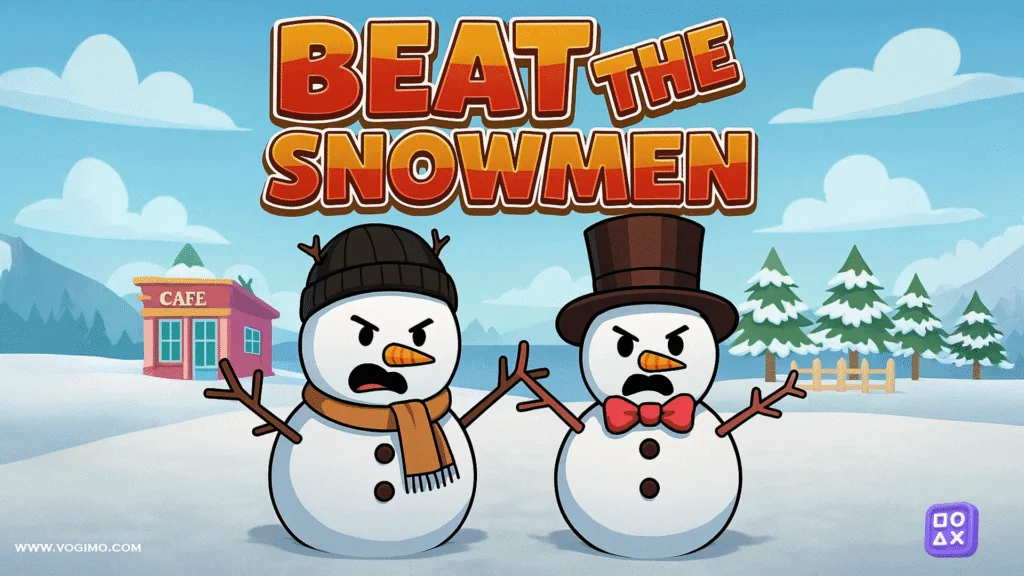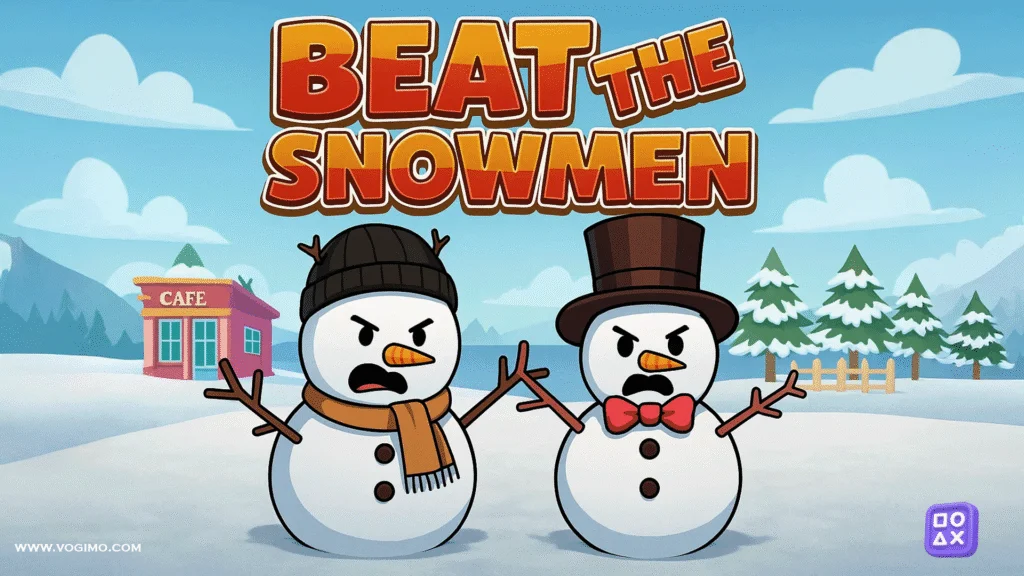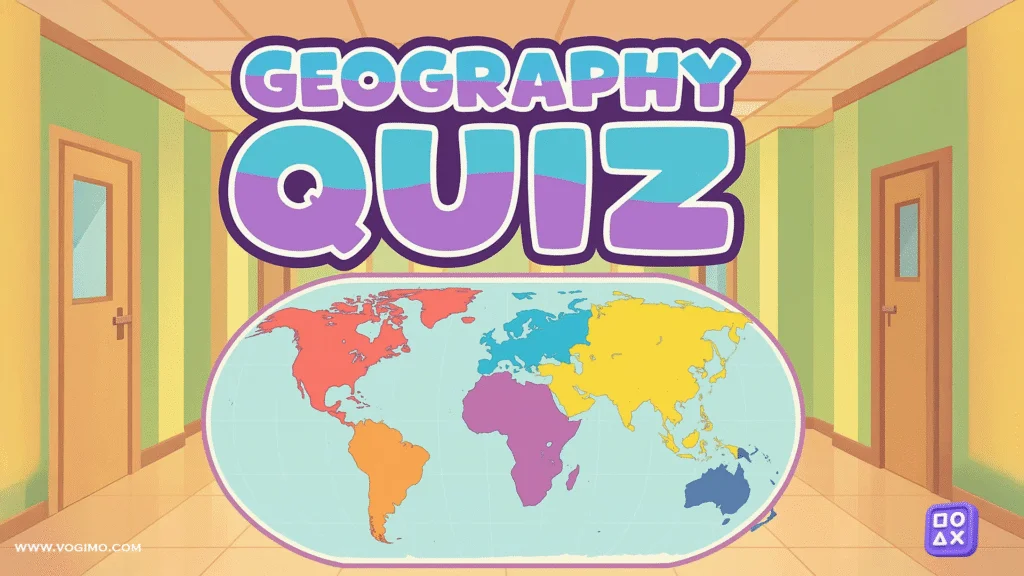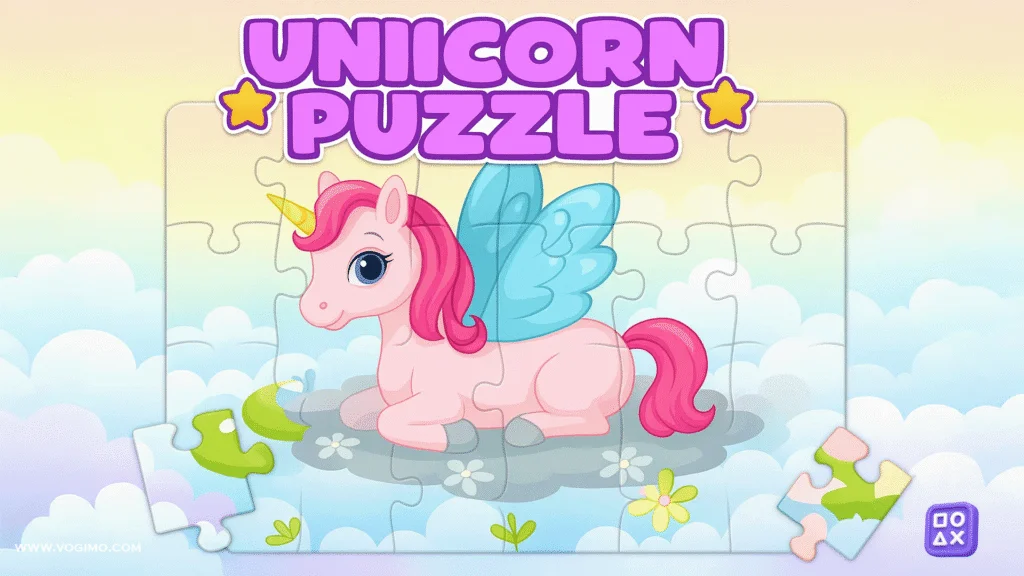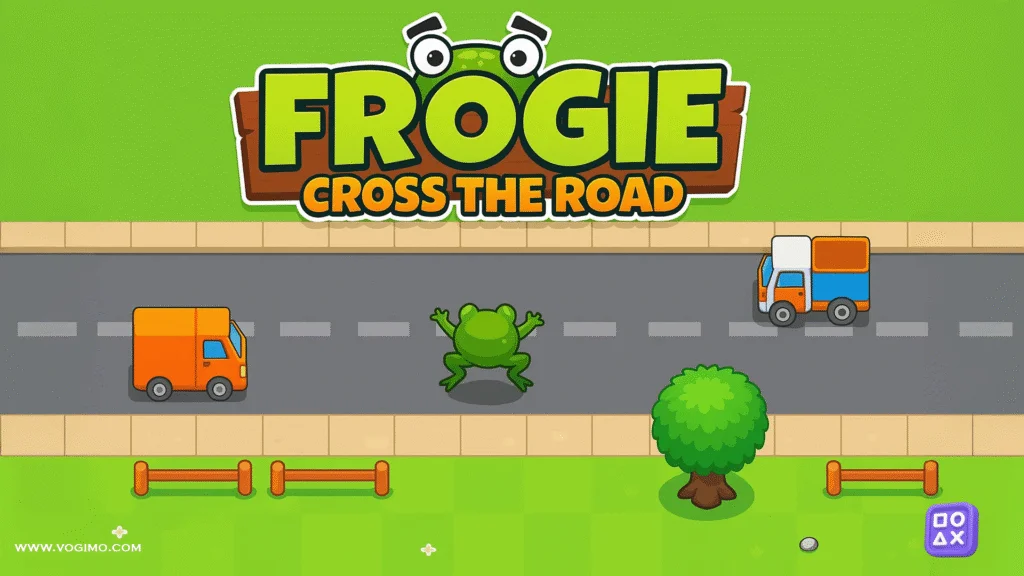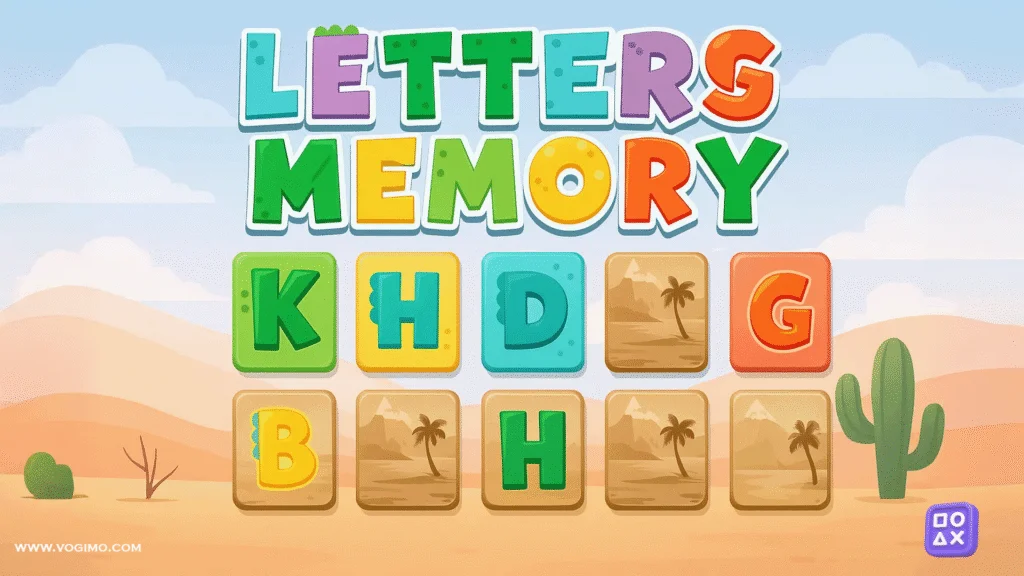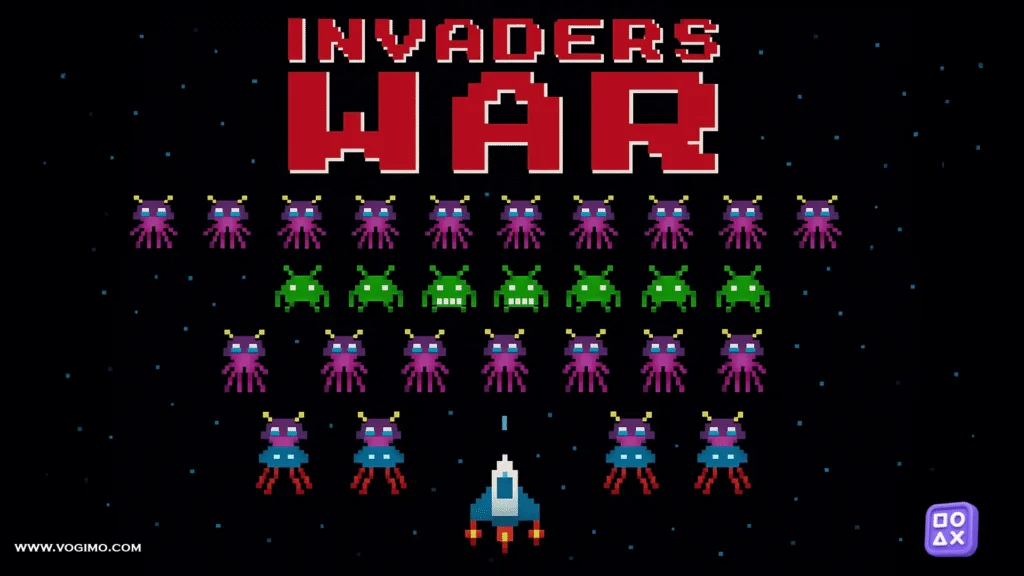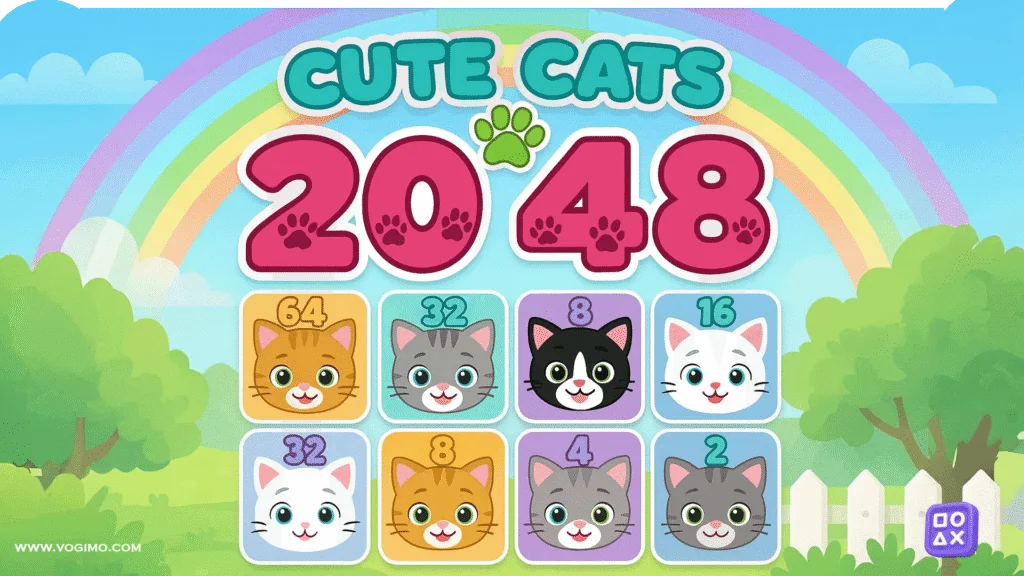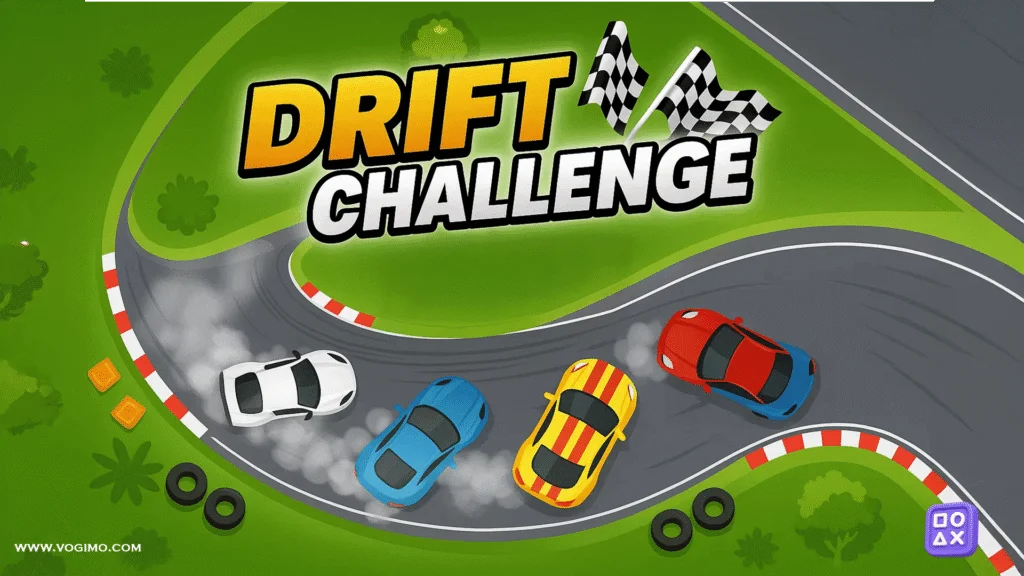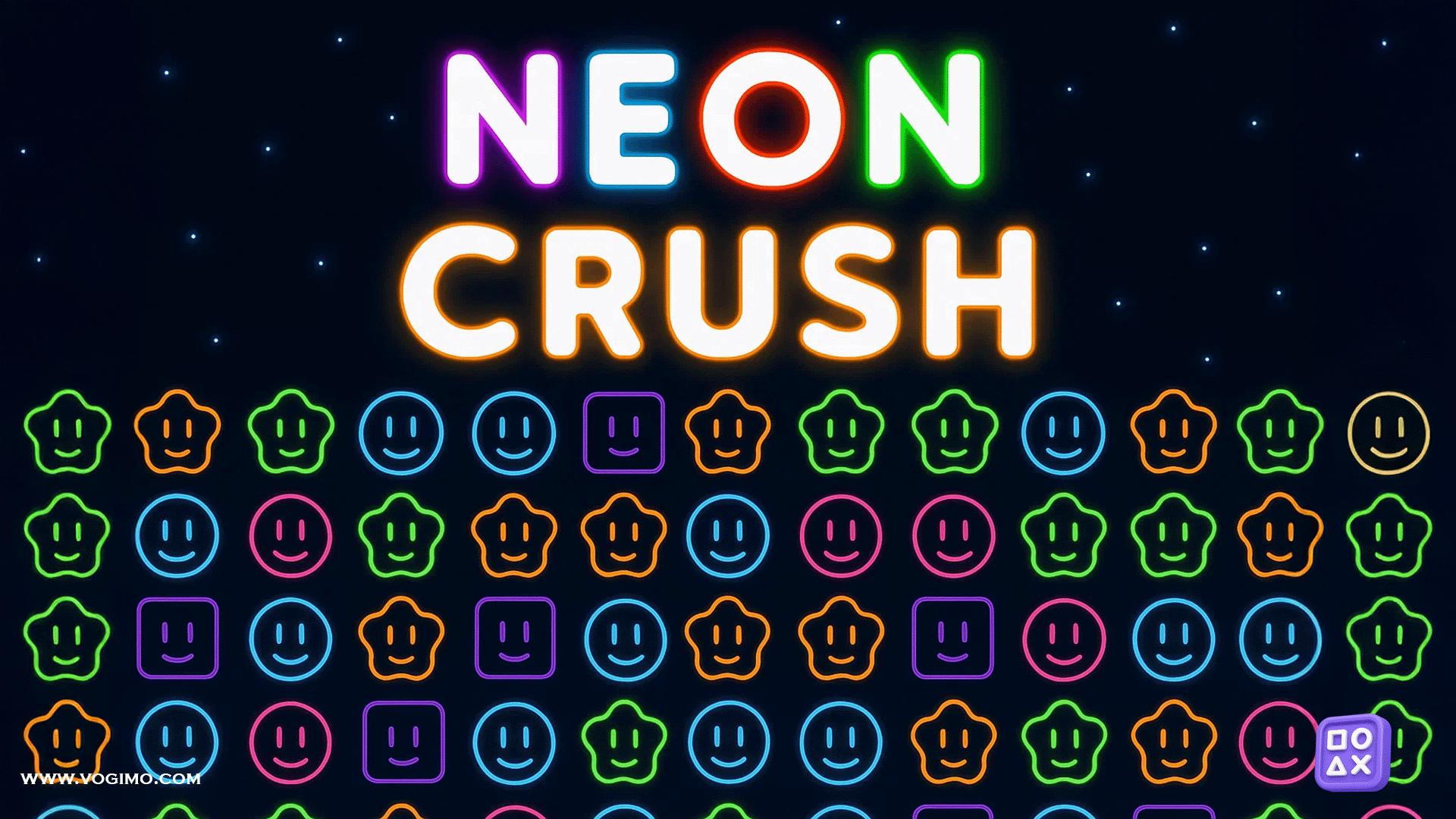On paper, Neon Crush is simple: swap two neighbors, line up three or more, watch them burst, and do it again. You’ve seen match-3 before. But a few levels in, the board starts pulling little magic tricks—cascades you didn’t plan, a blocker that spawns in the one lane you needed, a last-second chain that wipes the bottom row. It looks casual; it plays like a rhythm puzzle where patience and planning beat frantic swiping most of the time.
The objective hardly changes—make matches and rack up points—yet the path shifts from stage to stage. One level wants a straight score. The next asks you to collect tokens, crack ice around tiles, free locked pieces, or drop a glowing capsule to the bottom. You’ll bump into conveyor belts, one-way arrows, vines that re-grow if ignored. None of this is cruel, but it nudges you to stop swiping at random and start thinking two moves ahead.
Power-ups are the real fireworks. Four in a row usually spawns a line blaster that clears a row or column, depending on the match. T or L shapes create a bomb with a neat radius—perfect for loosening stubborn corners. Five-of-a-kind tends to become a color burst; swap it with any color to clear that color everywhere. The best moments arrive when you combine them: bomb plus line blaster to carve a glowing cross, two bombs to make a crater, or the showstopper—color burst plus line blaster—turning every tile of that color into blasters and detonating the whole board. When it happens, you’ll grin.
If you’re new, the least flashy advice is the most useful: work from the bottom. Gravity is free labor. Clearing near the base shakes the entire grid, often creating cascades you couldn’t engineer from the top. There are exceptions, of course—when an objective piece sits high, or a blocker is choking a lane—but as a rule, bottom-up play wins. I re-learn this every time I spend three moves grooming a dainty match at the top while a ready-made bomb sits one tap away near the floor.
You’ll notice two tempos. Move-limited levels reward careful route-building: two verticals to drop the capsule, a bomb to break the ice cluster, then a line clear to finish. Timed levels reward scanning speed, yet they still punish panic. Fast and wrong is still wrong. Small, consistent matches into frequent re-scans seem to beat frantic flailing, and it’s likely because cascades only happen when you leave room for them.
Is Neon Crush Game perfect? Not quite. A streak of unlucky spawns can trap you in “only one match” purgatory, and a few obstacle layouts appear to prefer blunt force. But when the game hums, it feels fair: you see the tools, make a plan, and the board pays you back with a burst of color and that tiny pop sound that, somehow, lives in your head for a minute after you close the tab.
Controls:
Desktop: click and drag tiles to swap.
Mobile: touch, then drag to swap; short, precise swipes feel best.
Quick tips to score high:
– Work from the bottom; cascades start below and ripple upward.
– Build before you fire; nudging specials together beats detonating them apart.
– Center your bombs; a middle bomb hits more tiles than a corner bomb.
– Save a color burst for the most common color or the one blocking progress.
– Clear blockers first; ice, locks, and vines choke options and stall cascades.
– Match toward objectives; if an item must drop, prioritize verticals under it.
– Pause after a cascade; the board has changed, so re-scan before your next move.
– Spend your last move smartly; some levels award end-of-move blasts, so trigger a special that pops after the counter.
Common mistakes (and fixes):
– Random swiping to “see what happens.” Fix: pick one mission—break left-side ice, drop column four—and make only moves that serve it.
– Detonating every special immediately. Fix: try to pair specials first; bomb plus line beats either alone.
– Ignoring corners. Fix: seed a bomb one tile in from the edge; corners rarely clear themselves.
– Chasing top-row matches. Fix: bottom matches create options; top matches often stall the grid.
– Over-collecting color when the objective is drops or blockers. Fix: solve the constraint first; points follow once the board breathes.
– Burning consumable boosters out of frustration. Fix: save them for the final stretch of tough stages, not early tilts.
Fast facts:
– Genre: match-3 / casual puzzle
– Core loop: swap to match, trigger power-ups, complete objectives
– Power-ups: line blaster, bomb, color burst, with combo effects
– Objectives: score targets, token collection, obstacle clears, item drops
– Modes: move-limited and timed
– Session length: about 1–3 minutes per level
– Platforms: desktop (mouse) and mobile (touch)
– Audience: all ages; easy to start, depth in planning
FAQ:
Do I need power-ups to win?
Not strictly. Bottom-up play with objective focus will clear most early and mid tiers; power-ups speed things up and rescue awkward boards.
Is matching four or five always worth it?
Almost always. The only exception is when a goal will finish in one move—drop it first, then build specials.
What’s the smartest use of a color burst?
Swap it with the color that dominates the board or the color blocking progress. If you can pair it with a line blaster, do that and enjoy the fireworks.
How do I handle ice or locks efficiently?
Attack the densest cluster first to reopen the board. Bombs planted one tile inside a cluster clear more layers than edge hits.
Timer levels stress me out—any tips?
Pre-scan for two obvious matches before the clock starts, then alternate quick matches with half-second re-scans after cascades. Rhythm beats speed.
Is playing with friends meaningful?
Leaderboards add just enough pressure to keep you chasing cleaner chains. Even a 200-point gap is strangely motivating.
A quick personal note: I used to pop bombs the second I made them, like a kid with fireworks. Scores jumped when I started parking a bomb, sliding a line blaster beside it, and setting both off together. One extra move, double the payoff. Neon Crush, it turns out, rewards the kind of patience we all pretend to have outside the game too.



